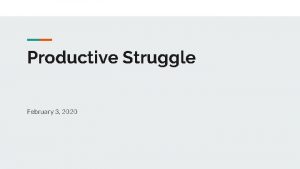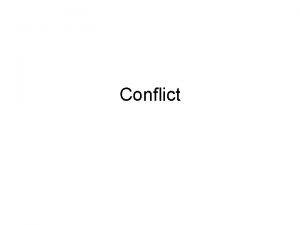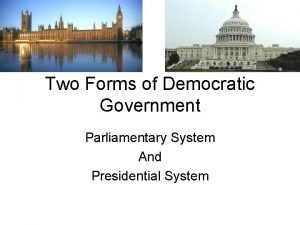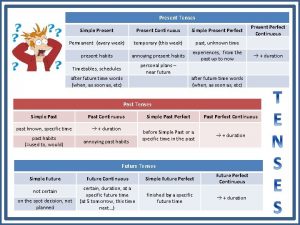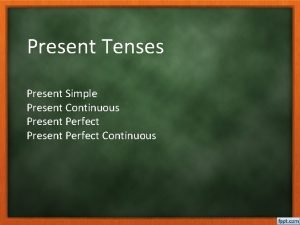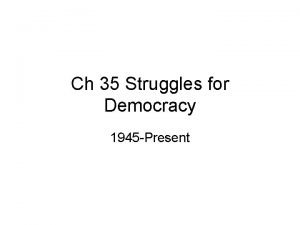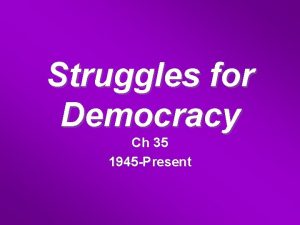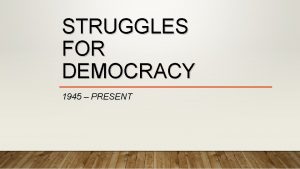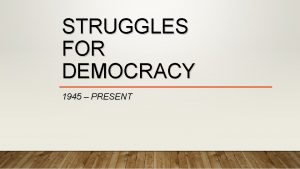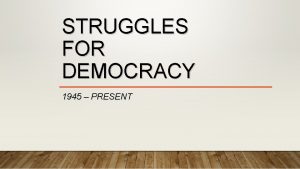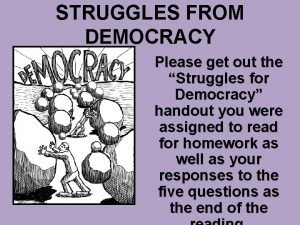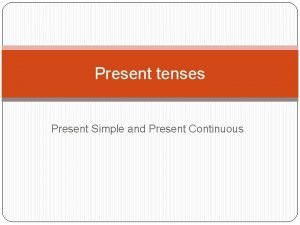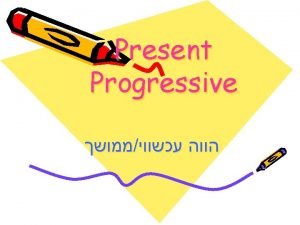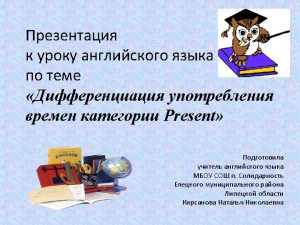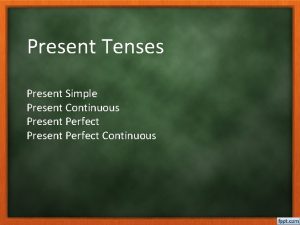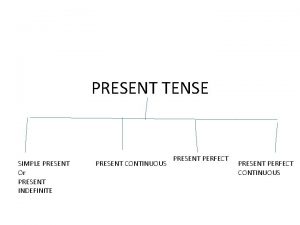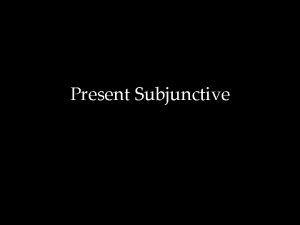STRUGGLES FOR DEMOCRACY 1945 PRESENT DEMOCRACY CASE STUDY





























- Slides: 29

STRUGGLES FOR DEMOCRACY 1945 – PRESENT

DEMOCRACY – CASE STUDY: LATIN AMERICA

INTRODUCTION “After an hour and a half of a peaceful meeting attended by 10, 000 people and witnessed by scores of domestic and foreign reporters, a helicopter gave the army the signal to attack by dropping flares into the crowd. Simultaneously, the plaza was surrounded and attacked by members of the army and police forces. The local papers have given the following information, confirmed by firsthand witnesses, about the attack: Numerous secret policemen had infiltrated the meeting in order to attack it from within, with orders to kill…High-caliber weapons and expansion bullets were used. Seven hours after the massacre began, tanks cleaned up the residential buildings of Nonoalco-Tlatelolco with short cannon blasts and machine-gun fire…The results of this brutal military operation include hundreds of dead (including women and children) thousands of wounded, an unwarranted search of all the apartments in the area and thousands of violent arrests…All this has occurred only ten days before the start of the Olympics. The repression is expected to become even greater after the Games…Welcome to Mexico. ” - Account of the events by the student National Strike Council, October 2, 196 8


SETTING THE STAGE • DEMOCRACY, by definition, is government by the people • DIRECT DEMOCRACY, in which all citizens meet to pass laws, is not practical for nations • Democratic nations developed INDIRECT DEMOCRACIES – (republics) in which citizens elect representatives to make laws for them *Democracy is more than a form of government it is also a way of life and an ideal goal*


DEMOCRACY AS A GOAL • Many nations follow these practices to a large degree; however, establishing democracy is a process that takes years • Even in the U. S. the establishment of democracy has taken time • i. e. Black Americans were freed after the Civil War, but still endured decades of second-class treatment • i. e. Women did not receive the right to vote until 1920 • Democratic institutions may not ensure stable, civilian government if other conditions are not present: • Citizen participation • Education and literacy • Stable economy with a strong middle class and opportunities for advancement

DEMOCRACY AS A GOAL • Other conditions advance democracy: • Firm belief in the rights of the individual promotes the fair and equal treatment of citizens • Rule by law helps prevent leaders from abusing power without fear or punishment • Sense of national identity helps encourage citizens to work together for the good of the nation *UN study released in July 2002 warned that the spread of democracy around the world could be derailed if free elections in poor countries are not followed by economic growth…particularly in Latin America*


CASE STUDY: BRAZIL • As we remember, Latin American nations won their independence from Spain and Portugal in the early 1800 s; however, three centuries of colonial rule left many problems • Powerful militaries • Economies that were too dependent on a single crop • Large gaps between the rich and poor

CASE STUDY: BRAZIL • After gaining independence from Portugal in 1822, Brazil became a monarchy • 1889, Brazil established a republican government, which the wealthy elite controlled • 1930 s, Getulio Vargas became dictator, suppressing any political opposition • At the same time though, he promoted economic growth and helped turn Brazil into a modern industrial nation

CASE STUDY: BRAZIL • After Vargas, three popularly elected presidents tried to steer Brazil toward democracy • Juscelino Kubitschek: 1956 -1961 • Encouraged foreign investment to help pay for development projects • Built a new capital city in the country’s interior: Brasília • Kubitschek’s dreams proved expensive • Nation’s foreign debt soared • Inflation skyrocketed

CASE STUDY: BRAZIL • Kubitschek’s successors proposed reforms to ease economic and social problems • Conservatives resisted this and were especially opposed to the plan for LAND REFORM – breaking up large estates and distributing the land to peasants • 1964, with the blessing of wealthy Brazilians, the army seized power in a military coup and remained in direct control for 20 years • Emphasized economic growthy and fostered foreign investment • Began huge developments in the Amazon jungle • Reduced government interference in the economy and stressed free markets • Results? The economy BOOMED

CASE STUDY: BRAZIL • Economic boom had a downside • Government froze wages and cut back on social programs • Caused a decline in the STANDARD OF LIVING – level of material comfort, which is judged by the amount of goods people have • When Brazilians protested, the government imposed censorship • Also jailed, tortured and killed government critics • By the early 1980 s, a RECESSION – slowdown in the economy had gripped Brazil • At this point, the generals decided to open up the political system • Allowed direct elections of local, state and national officials

CASE STUDY: BRAZIL • 1985: José Sarney took office • Inherited a country in crisis and was unable to solve the country’s problems and lost support • 1994 & 1998, Brazilians elected Fernando Henrique Cardoso • Strong advocate for free markets • Embarked on a program to promote economic reform to narrow the income gap • 2002, Cardoso’s handpicked successor – José Serra vs. Luiz Inácio Lula da Silva • Economic crisis hit in 2002; because of stalled economic growth, rising unemployment and poverty, there was a backlash against free-market ideas and therefore against Serra *Although Brazil faces many challenges, it continues on the path of democracy*

José Serra Luiz Inácio Lula da Silva

CASE STUDY: MEXICO • 1920 -1934, Mexico elected several generals as president, but they didn’t rule as military dictators…did create the National Revolutionary Party, which dominated Mexico under various names until the end of the 20 th century • 1934 -1940, President Lázaro Cárdenas tried to improve life for peasants and workers • Carried out land reform • Promoted labor rights • Nationalized the Mexican oil industry, kicking out foreign oil companies and creating a state-run oil industry

CASE STUDY: MEXICO • 1946, the main political party changed its name to the Institutional Revolutionary Party – PRI and became the main force for political stability • Although stable, the government was an imperfect democracy • Controlled the congress and won every presidential election • Government allowed opposition parties to compete, but fraud and corruption tainted the elections

CASE STUDY: MEXICO • Even as the Mexican economy rapidly developed, Mexico continued to suffer severe economic problems • Lacking land jobs, millions of Mexicans struggled for survival • A huge foreign debt forced the government to spend money on interest payments • Two episodes highlighted Mexico’s growing difficulties • Late 1960 s: students and workers began calling for economic and political change • Protestors gathered at the site of an Aztec market in Mexico City; Soldiers hidden in the ruins opened fire on the protestors claiming hundreds of lives • Early 1980 s: due to huge new oil and natural gas reserves being discovered, the economy became dependent on oil and gas exports • 1981, world oil prices fell, cutting Mexico’s oil and gas reserves in half • Mexico went into an economic decline

CASE STUDY: MEXICO • 1980 s-1990 s saw Mexico facing various crises • 1988, PRI candidate, Carlos Salinas, won the presidency, but opposition parties won seats in the congress and began to force a gradual opening of the political system • Salinas signed NAFTA which removed trade barriers between Mexico, the U. S. and Canada • 1994, peasant rebels staged a major uprising • Shortly afterward, a gunman assassinated Luis Donaldo Colosio, the PRI presidential candidate • Mexicans then grew increasingly concerned about the prospects for democratic stability • 1994 election went ahead, with the new PRI nominee winning, but opposition parties still continued to challenge the PRI • 2000 – Vicente Fox, a center-right candidate, won, putting an end to the 71 -year rule of the PRI party

CASE STUDY: MEXICO • Fox’s agenda was very ambitious • Advocated reforming the police • Rooting out political corruption • Opening up Mexico’s economy to free-market forces • Fox argued that the U. S. should legalize the status of millions of illegal Mexican immigrant workers • Fox hoped that a negotiated agreement between the U. S. and Mexico would provide amnesty for these undocumented Mexican workers • In the wake of the 9/11 attacks, any agreement appeared remote • 2002, Fox created a cabinet-level agency to lobby for the interests of Mexico’s 22 MILLION citizens who lived abroad

Vicente Fox

CASE STUDY: ARGENTIA • Argentina had struggled to establish democracy • Major exporter of grain and beef • An industrial nation with a large working class • 1946: Argentinian workers supported the army officer Juan Perón, who won the presidency and then established a dictatorship • Didn’t rule alone; in fact, his wife Eva – known as Evita to millions of Argentinians – was idolized and together, they established a welfare state • State offered social programs with broad popular appeal, but limited freedoms • 1952: Evita dies and Perón’s popularity declines • His enemies, the military and the Catholic Church moved against him • 1955: the military ousted Perón and drove him into exile

Eva ‘Evita’ Perón Juan Perón

CASE STUDY: ARGENTIA • For many years, the military essentially controlled Argentinian politics • Juan Perón returned to power in 1973, but ruled for only a year before dying in office • Mid-1970 s, Argentina was in chaos • 1976, generals seized power again and established a brutal dictatorship • For several years, torture and murder were everyday events as they hunted down political opponents • Early 1980 s, several THOUSAND Argentinians had simply disappeared, kidnapped by their own government

CASE STUDY: ARGENTIA • 1982, military government went to war against Britain over the nearby Falkland Islands and suffered a great defeat • Disgraced, the generals agreed to step down • 1983, Argentinians elected Raúl Alfonsín president, the first free elections in 37 years! • Worked to rebuild democracy and the economy • Carlos Menem became president in 1989 and continued the process • Attempted to stabilize the currency and privatize industry • By late 1990 s, economic problems intensified as the country lived beyond its means

CASE STUDY: ARGENTIA • December 2001, International Monetary Fund (INF) refused to provide financial aid to Argentina • Current Argentinian president stepped down amid protests • Eduardo Duhalde succeeded him as president and tried to deal with the economic and social crisis • 2002, Argentina’s unemployment rate was around 24% • Country defaulted on its $132 BILLION of debt – largest debt default in history – and devalued the currency • 2003, Argentina struggled to regain its political and economic footing

*GUIDING TAKE-AWAY* *IN LATIN AMERICA, ECONOMIC PROBLEMS AND AUTHORITARIAN RULE DELYAED DEMOCRACY. BY THE MID-1990 S, ALMOST ALL LATIN AMERICAN NATIONS HAD DEMOCRATIC GOVERNMENTS, BUT PROBLEMS STILL PERSIST*

 Define productive struggles
Define productive struggles Chapter 14 section 3 hoover struggles with the depression
Chapter 14 section 3 hoover struggles with the depression Benefits of productive struggle
Benefits of productive struggle The struggle of opposing forces
The struggle of opposing forces Best case worst case average case
Best case worst case average case It project failure case study
It project failure case study Presidential vs parliamentary
Presidential vs parliamentary Present perfect present simple present continuous
Present perfect present simple present continuous Present perfect simple vs present perfect continuous
Present perfect simple vs present perfect continuous Schema present continuous
Schema present continuous Simple present present perfect present progressive noredink
Simple present present perfect present progressive noredink Present simple tense eat
Present simple tense eat Present simple present continuous present perfect
Present simple present continuous present perfect Present simple present continuous and present perfect
Present simple present continuous and present perfect Kontinuitetshantering
Kontinuitetshantering Novell typiska drag
Novell typiska drag Tack för att ni lyssnade bild
Tack för att ni lyssnade bild Vad står k.r.å.k.a.n för
Vad står k.r.å.k.a.n för Varför kallas perioden 1918-1939 för mellankrigstiden?
Varför kallas perioden 1918-1939 för mellankrigstiden? En lathund för arbete med kontinuitetshantering
En lathund för arbete med kontinuitetshantering Personalliggare bygg undantag
Personalliggare bygg undantag Personlig tidbok för yrkesförare
Personlig tidbok för yrkesförare Sura för anatom
Sura för anatom Densitet vatten
Densitet vatten Datorkunskap för nybörjare
Datorkunskap för nybörjare Tack för att ni lyssnade bild
Tack för att ni lyssnade bild Hur skriver man en debattartikel
Hur skriver man en debattartikel Magnetsjukhus
Magnetsjukhus Nyckelkompetenser för livslångt lärande
Nyckelkompetenser för livslångt lärande Påbyggnader för flakfordon
Påbyggnader för flakfordon
